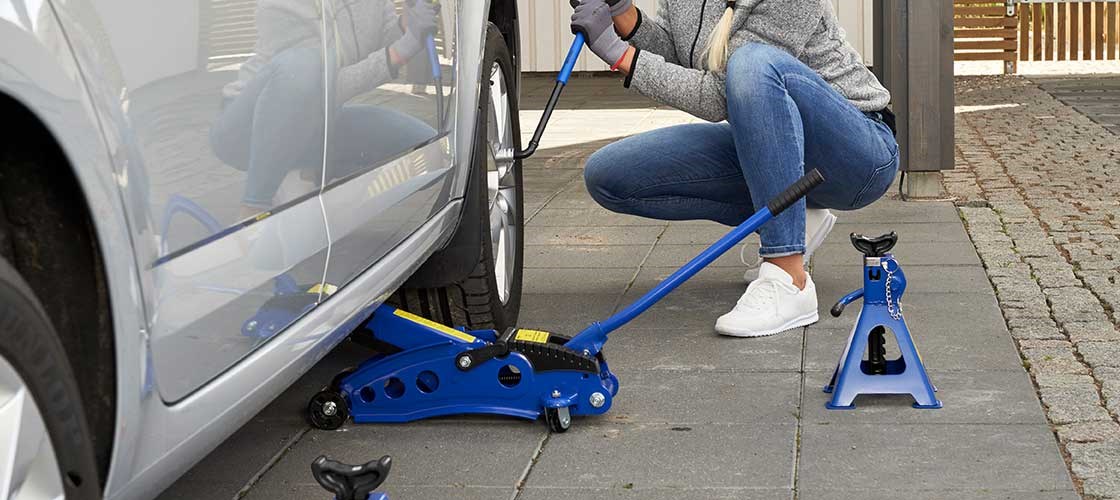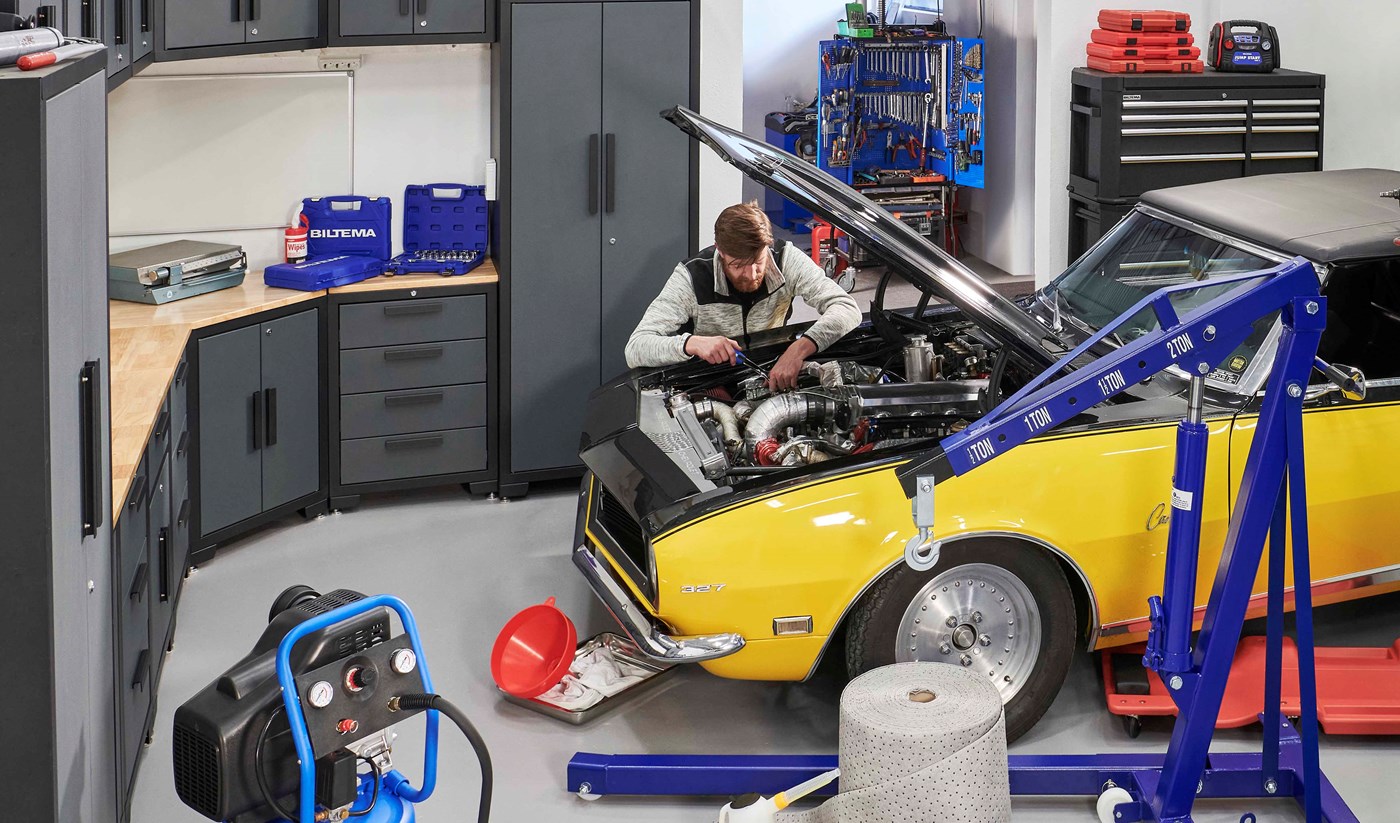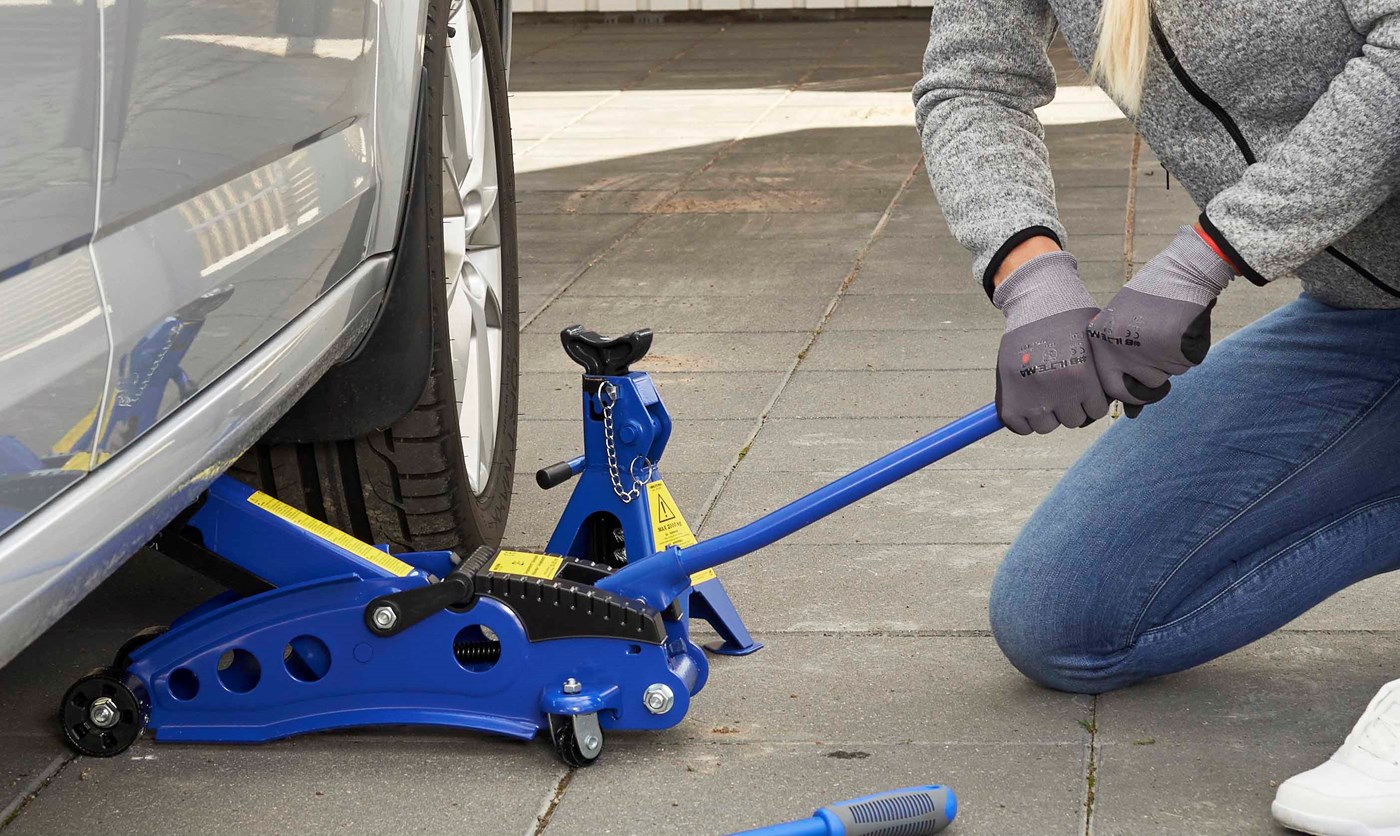Everything You Need to Know About Summer Tyres
We will discuss all this and much more below. We are taking a deep dive into everything you need to know about summer tyres so that you will have the best driving conditions possible over the summer period.
What are summer tyres?
Summer tyres are specially designed for driving in warm weather, where temperatures are above seven degrees. The tyres have a lower concentration of natural rubber and so are harder than winter tyres. This is essential as tyres become softer in the warm summer weather. The tyres are therefore suitable for summer weather as too soft a tyre on a warm road would not be the best solution. That is why it is important to change to summer tyres as we get closer to summer.
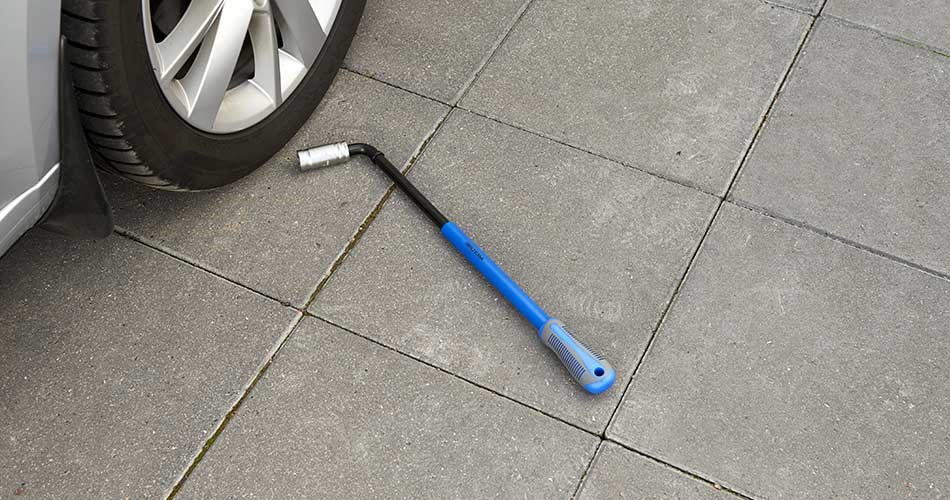
Additionally, the surface of summer tyres is more uniform and smooth than winter tyres. This gives you much better traction on warm, dry roads. As you know, it can still rain during the summer, especially in Denmark, and so tyres still come with deep grooves that effectively divert water away from the tyre. This will give you good traction, even on wet roads. You would think that we sell tyres at Biltema, but we do not.
Why you should change to summer tyres
Today, many drivers choose to drive on all season tyres as it may seem to be an easier and more economical decision. However, there are a number of good reasons to change to tyres that are specially designed for summer weather as soon as temperatures begin to rise. We have gathered together the most important reasons as to why you might want to consider doing this.
- Better traction: Summer tyres are designed to work best in warmer weather. They have a harder rubber compound and smaller treads that provide better traction on dry and wet roads during the summer. They also improve the car’s braking and increase your safety on the road.
- Less fuel consumption: You may think there is no connection, but in fact, summer tyres also impact your fuel consumption. Summer tyres have less resistance than all season tyres, meaning that your car uses less fuel. This can save you money in the long run.
- Longer life: By using all season tyres in warm weather, your tyres will get worn out quicker as they are made from softer rubber. So, by changing to summer tyres, you can extend the life of your tyres. This will save you both hassle and money in the long run.
As you can see, there are a number of good reasons to consider changing your winter or all season tyres with a set of summer tyres. They are not only good for your driving during warm months, but it is also an investment in your safety and car economy.
When should you change to summer tyres?
Do you know when it is time to change to summer tyres? Luckily, we do. It is essential that you do it at the right time. This helps to ensure the best driving and safety on the roads as possible.
As a rule of thumb, April is a great month to make the change from winter tyres to summer tyres. The risk of cold weather and slippery roads is less, meaning the roads are more suitable for using summer tyres. That is why many choose to make the change during the Easter holidays so their car is ready for spring.
However, you should be aware that if you are planning to go on a trip abroad, then it is important that you check up on the rules for the specific country. It may be mandatory to make use of summer tyres during specific periods of the year. In fact, there are specific rules for both summer and winter tyres.
Once you have changed to summer tyres, it is also important that you are aware that you also need to take them off again when winter and icy roads return. As a rule of thumb, you should change to winter tyres once the temperature falls below seven degrees. See how to change to winter tyres here .
Changing to summer tyres is not just about the weather, but also your safety and the performance of your car. Therefore, it is important to be aware of when it is the right time to get started on this.
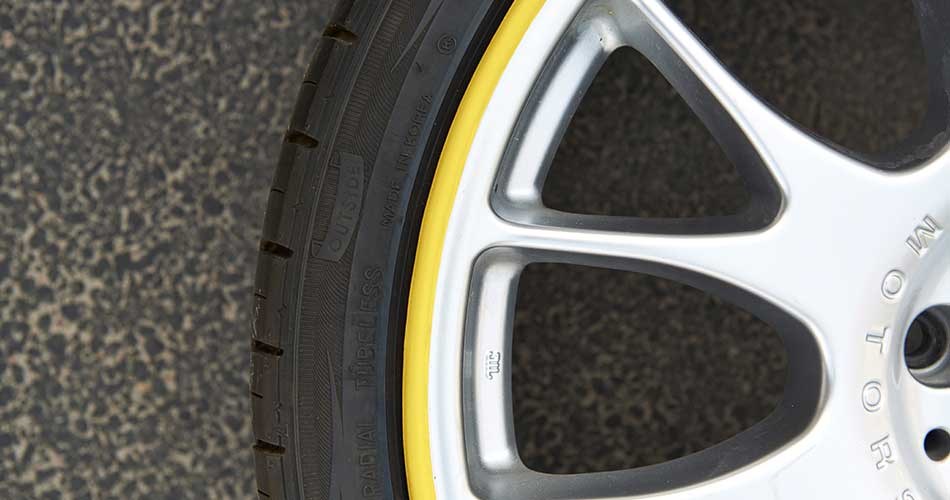
Check your summer tyres before you fit them
Before you start changing to summer tyres, it is important that you inspect them thoroughly. This will help you avoid hassle and extra costs if you find something once you have fitted them. We have put together a list of what you should look out for.
- Carefully inspect the tyres for rocks, nails or anything else that may have got stuck in the tyres. These can cause damage to the tyres or reduce their lifespan.
- It is also important that you check your tread depth before you change to summer tyres. If it is less than three millimetres, you should consider buying a whole new set of summer tyres as the traction and ability to divert water is significantly reduced. However, it is legal to drive on summer tyres with tread depths down to 1.6 millimetres.
- Even if you have properly stored your tyres over the winter, it is always a good idea to check their age and condition. They can easily be affected by wear and tear and might need to be replaced.
So, there are many good reasons as to why you should check the condition of your summer tyres before you start to fit them. This will mean you get the most out of them.
Here you can find all of our tyre accessories that may be handy to look into before changing tyres.
How to change to summer tyres, step-by-step
Are you ready to get your hands dirty and change to summer tyres? We have put together a guide for how you can get started. And if you are not up to doing it yourself, then there are lot of options if you want to contact your local garage, who will be happy to help out.
- Check your tyres: Before starting, it is important to thoroughly check your tyres. Check for losses of air, leaks or signs of wear and tear.
- Prepare your car: Park your car somewhere flat, apply the handbrake and put the car in gear. This will stop the car from rolling while working.
- Find the jack points: Jack points are often indicated 20 centimetres from the wheel. If you are unsure where they are, you will find this information in your car manual. Then place a jack centrally at the jack point and raise one wheel at a time. Find all of our jacking equipment here.
- Loosen the wheel bolts: Once you have raised your car, you can start to loosen the nuts and bolts on the first wheel. If they are proving difficult to remove, wheel impact wrenches can be useful tools for changing wheels.
- Remove the wheel: Once the bolts have been loosened, you can carefully remove the wheel and replace it with the summer tyre. Remember to check the direction of rotation, which will often be marked with a small arrow.
- Fasten the new tyre: Tighten the bolts before you lower the car. To make things easier for yourself next time, lubricate the wheel bolts with aluminium anti-seize paste.
- Lower the car, tighten the bolts: Once the car has been lowered, tighten the bolts. Tighten the bolt opposite, not the one next to it. Use a torque wrench to ensure that you do not overtighten the bolts. Check the tightening torque with your manufacturer and remember to re-tighten the wheel after 50 km.
- Check your tyre pressure: Use a pressure gauge to check your tyre pressure once the wheel has been fitted. Your owner’s manual will state the ideal tyre pressure. Find all of our tyre accessories here.
- Repeat the process: Once you are done with the first wheel, repeat the steps above for all four tyres. Once you have changed tyres, remember to tighten the bolts.
Changing to summer tyres may seem like a big challenge for some, but if you follow the nine steps above, the process is quite straightforward. And if you are unsure about it, then you should contact a professional – for your safety and that of other road users. Find our full guide for changing wheels here.

